In the last days of the year, in the brilliant lights stretching across the Thi Vai River, giant container ships quietly cut through the waves and dock. No longer a familiar image of a local industrial port, Cai Mep - Thi Vai now appears as a "global gateway", where goods from factories in Dong Nai and Ho Chi Minh City connect to the world . Amid the strong development picture of the Southern region, this port cluster is affirming its position as the most important maritime and logistics driving force of Vietnam.
According to the 2024 statistical report, the total volume of goods through Cai Mep - Thi Vai port cluster will reach about 152 million tons, equivalent to 34% of the total container volume of the country.
This is not only an impressive figure, but also a clear demonstration of the strong growth momentum and growing confidence of international shipping lines in the southern seaport system. This development opens a new promising phase in the maritime logistics sector of Ho Chi Minh City - especially after the two provinces of Ba Ria - Vung Tau and Binh Duong were merged into Ho Chi Minh City.
Modern infrastructure - the foundation for a leap forward
Considered the “heart” of the Southern logistics network, Cai Mep - Thi Vai owns the most modern and synchronously invested infrastructure system in the country.

Cai Mep - Thi Vai Port.
The port cluster currently has 3 890m long wharves, 3 270m long barge berths, and a 55ha container yard with a capacity of nearly 51,500 TEUs. Along with that are 10 STS shore cranes, 22 yard cranes, 3 specialized barge cranes and hundreds of other support vehicles, ensuring maximum exploitation and handling capacity for the most modern generations of ships today.
Methodical and professional investment helps Cai Mep - Thi Vai become one of the few ports in Vietnam that can accommodate ships with a capacity of up to 160,000 DWT, equivalent to 14,000 TEU.
Previously, exported goods from the Southern region often had to transit through Singapore or Hong Kong, but now, thanks to the deep enough shipping channel, wide turning area and international standard facilities, goods can go directly to major markets in Europe and North America. This factor has helped to significantly save transportation time, reduce logistics costs and increase competitiveness for Vietnamese enterprises.
Since officially coming into operation in 2011, Cai Mep - Thi Vai has quickly affirmed its position as a key maritime trade hub of the Southeast region. With a favorable geographical location - located right at the mouth of the Thi Vai River leading to the East Sea, near major industrial centers and major traffic routes - this port cluster has all the conditions to become a regional freight transit center.
Cai Mep - Thi Vai is not developed in isolation, but is being placed in the overall strategic planning of Ho Chi Minh City to form the leading maritime logistics center in the region. In recent years, a series of key infrastructure projects have been implemented synchronously, opening up a smooth "traffic artery" for freight transport.
The expressways connecting Ho Chi Minh City with the southern gateway provinces and the South Central Coast, the Trung Luong - My Thuan expressway connecting the West, and the Long Thanh international airport project that is being urgently completed, all create a multimodal transportation network, helping goods from production areas quickly gather at Cai Mep - Thi Vai.
In the near future, the Metro railway and dedicated container transport routes will continue to be invested in, creating a strong momentum for this international port cluster.

Ship arrives at Cai Mep - Thi Vai port.
In the context of the strong globalization and supply chain shift, the development of a modern and synchronous seaport system such as Cai Mep - Thi Vai is of particular importance. It not only helps reduce the load on inner-city ports, but also expands the ability to receive transcontinental shipping routes, bringing Vietnamese goods directly to Europe and America, and at the same time attracting international transit goods to return to Vietnam.
However, to maintain growth momentum and exploit its full potential, Cai Mep - Thi Vai still needs to overcome many challenges. Connecting traffic infrastructure remains a bottleneck, as National Highway 51 is often overloaded, especially during rush hours or holidays.
The rate of direct import and export goods at the port is still limited, most of which still have to be transported by barge to Ho Chi Minh City, Dong Nai, and Binh Duong , making logistics costs not optimal.
Therefore, it is urgent to continue to improve the connecting traffic system, expand specialized container transport routes, and invest in satellite logistics centers along the port corridor. In addition, developing smart seaport services and applying digital technology in management, loading and unloading, warehousing, etc. are also inevitable directions to improve competitiveness.
Regional and national development drivers
Not only having purely economic significance, the strong development of Cai Mep - Thi Vai port cluster also creates a strong spillover effect to many fields. Industrial parks and export processing zones near the port are increasingly attracting large investment capital flows, especially in supporting industries and export production. Many logistics, warehouse and transportation enterprises have moved to this area, forming a closed value chain from production to export.

Cai Mep - Thi Vai affirms its position as a key maritime trade hub of the Southeast region.
Cai Mep - Thi Vai is therefore not only a port, but also a "convergence point" of the economy of the Southern key economic region. Each container leaving the port not only carries goods, but also carries the expectations of thousands of businesses and millions of workers for a more dynamic, integrated and sustainable maritime economic future.
From its geographical advantages, infrastructure potential to strategic vision, it can be affirmed that Cai Mep - Thi Vai is on the right track to become one of the leading port clusters in Asia. When fully connected with Can Gio transit port, Long Thanh airport, expressway network and urban railway, Ho Chi Minh City will own a "complete logistics ecosystem" - where goods from all over the country can reach the world.
In the near future, when ships with a capacity of hundreds of thousands of tons bearing the Vietnamese flag leave Cai Mep - Thi Vai, it will not only be a cargo transport journey, but also a symbol of an integrated, confident and far-reaching Vietnam on the international maritime map.
Source: https://vtcnews.vn/cum-cang-cai-mep-thi-vai-cua-ngo-lon-cua-mien-nam-vuon-tam-hang-hai-quoc-te-ar984297.html



![[Photo] Panorama of the Patriotic Emulation Congress of Nhan Dan Newspaper for the period 2025-2030](https://vphoto.vietnam.vn/thumb/1200x675/vietnam/resource/IMAGE/2025/11/04/1762252775462_ndo_br_dhthiduayeuncbaond-6125-jpg.webp)

![[Photo] The road connecting Dong Nai with Ho Chi Minh City is still unfinished after 5 years of construction.](https://vphoto.vietnam.vn/thumb/1200x675/vietnam/resource/IMAGE/2025/11/04/1762241675985_ndo_br_dji-20251104104418-0635-d-resize-1295-jpg.webp)
![[Photo] Ho Chi Minh City Youth Take Action for a Cleaner Environment](https://vphoto.vietnam.vn/thumb/1200x675/vietnam/resource/IMAGE/2025/11/04/1762233574890_550816358-1108586934787014-6430522970717297480-n-1-jpg.webp)
![[Photo] Ca Mau "struggling" to cope with the highest tide of the year, forecast to exceed alert level 3](https://vphoto.vietnam.vn/thumb/1200x675/vietnam/resource/IMAGE/2025/11/04/1762235371445_ndo_br_trieu-cuong-2-6486-jpg.webp)

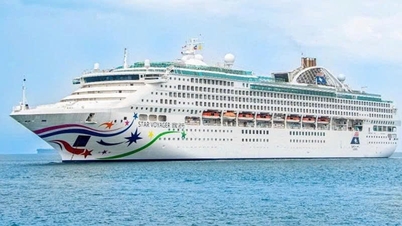






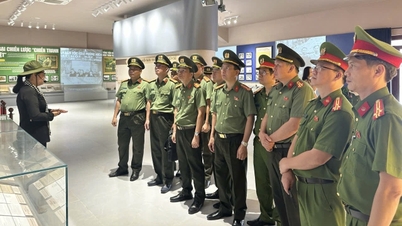





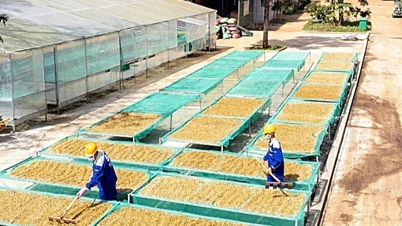




























































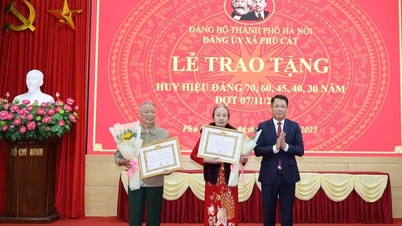














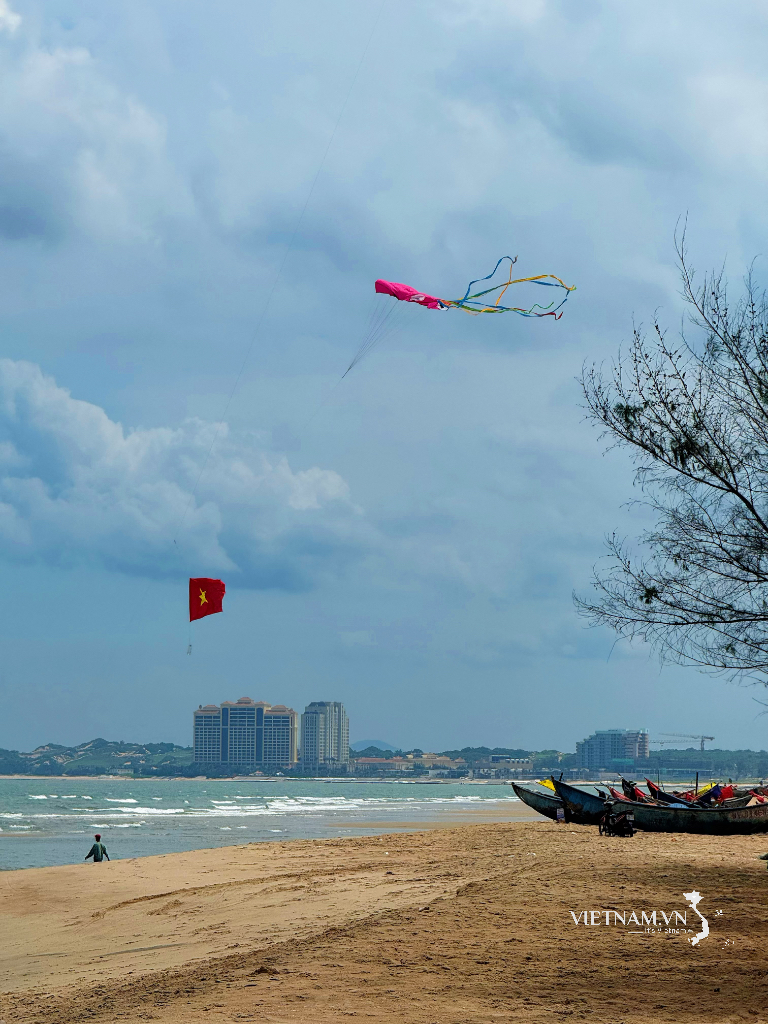



Comment (0)